Embark on a Boat Trip
One of the most popular ways to spot frolicking dolphins sustainably is to hop onboard a boat and sail across the seas. After all, dolphins are clever and curious, and they love to approach cruising boats.
Across the world, many tour operators take keen travellers out to spot dolphins in the wild. But unfortunately, not all operators have the dolphin’s best interests at heart.
If you’re considering boarding a dolphin-spotting boat tour, there are several ways to learn how ethical an operator is. In most cases, sustainable tours are run by knowledgeable captains and naturalists who understand dolphin’s needs and behaviours. Have a look at the operator’s website, or scan some of the online reviews to see if there are any clues to suggest sustainability.
Remember, professional and ethical tour providers will never overcrowd or chase dolphins and understand that if there are too many boats around a pod of dolphins, they must retreat for the wellbeing of the creatures. Having too many boats around makes it a challenge for dolphins to swim smoothly, forage, or rest. Likewise, ethical operators will never approach dolphins at high speeds to avoid panicking them or prompting a potential collision.
Out in the wild, if dolphins don’t want to be watched, they’ll swim away. But if you’re lucky, you may well receive a performance to remember as they dance and twirl in the air.
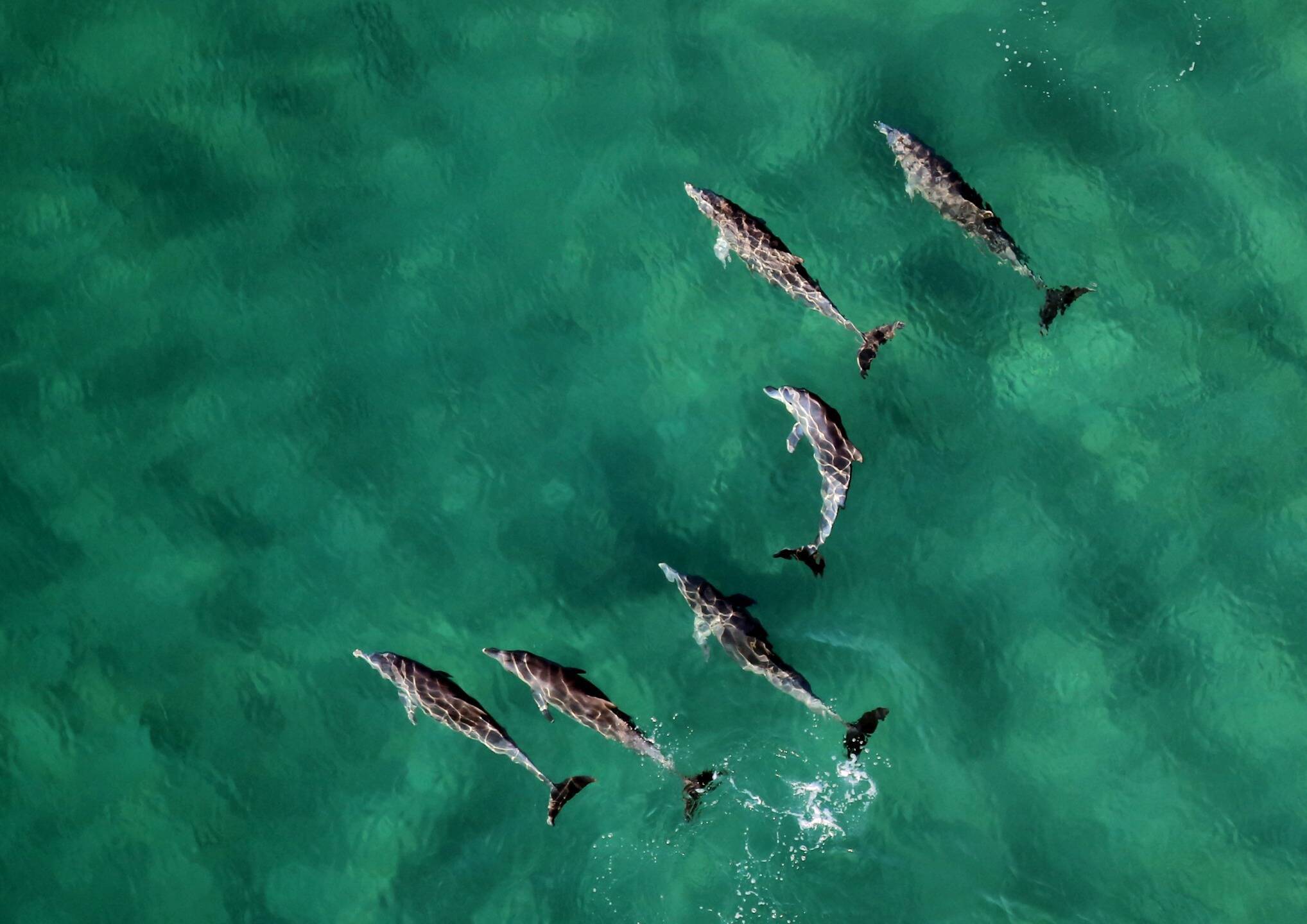

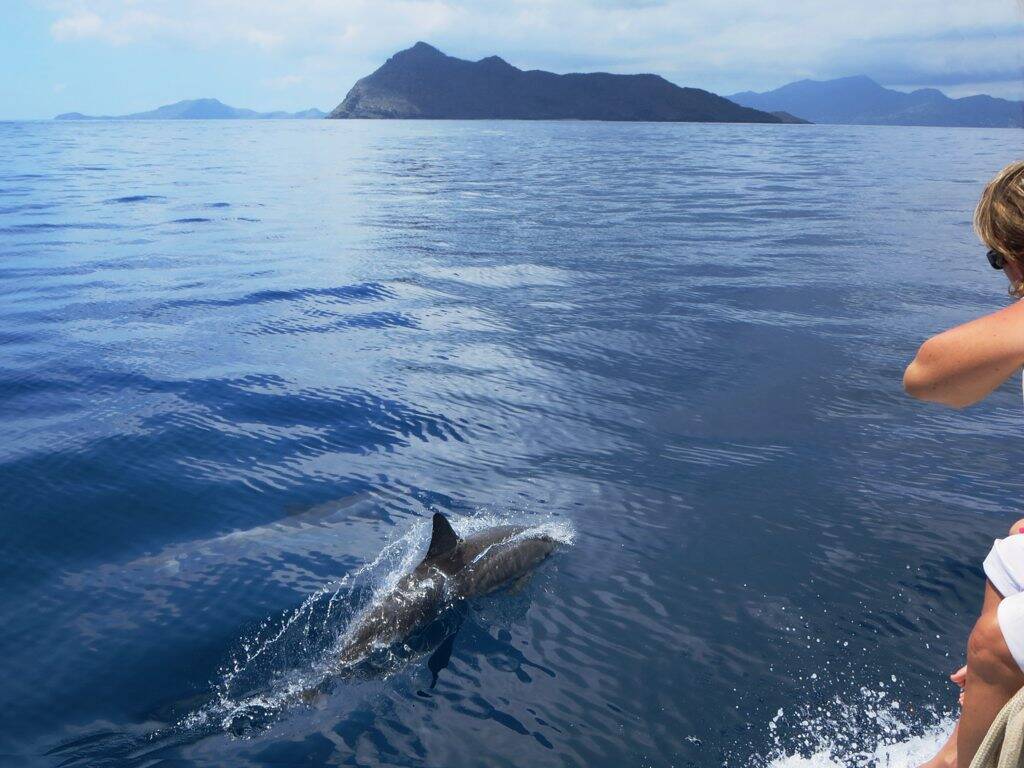
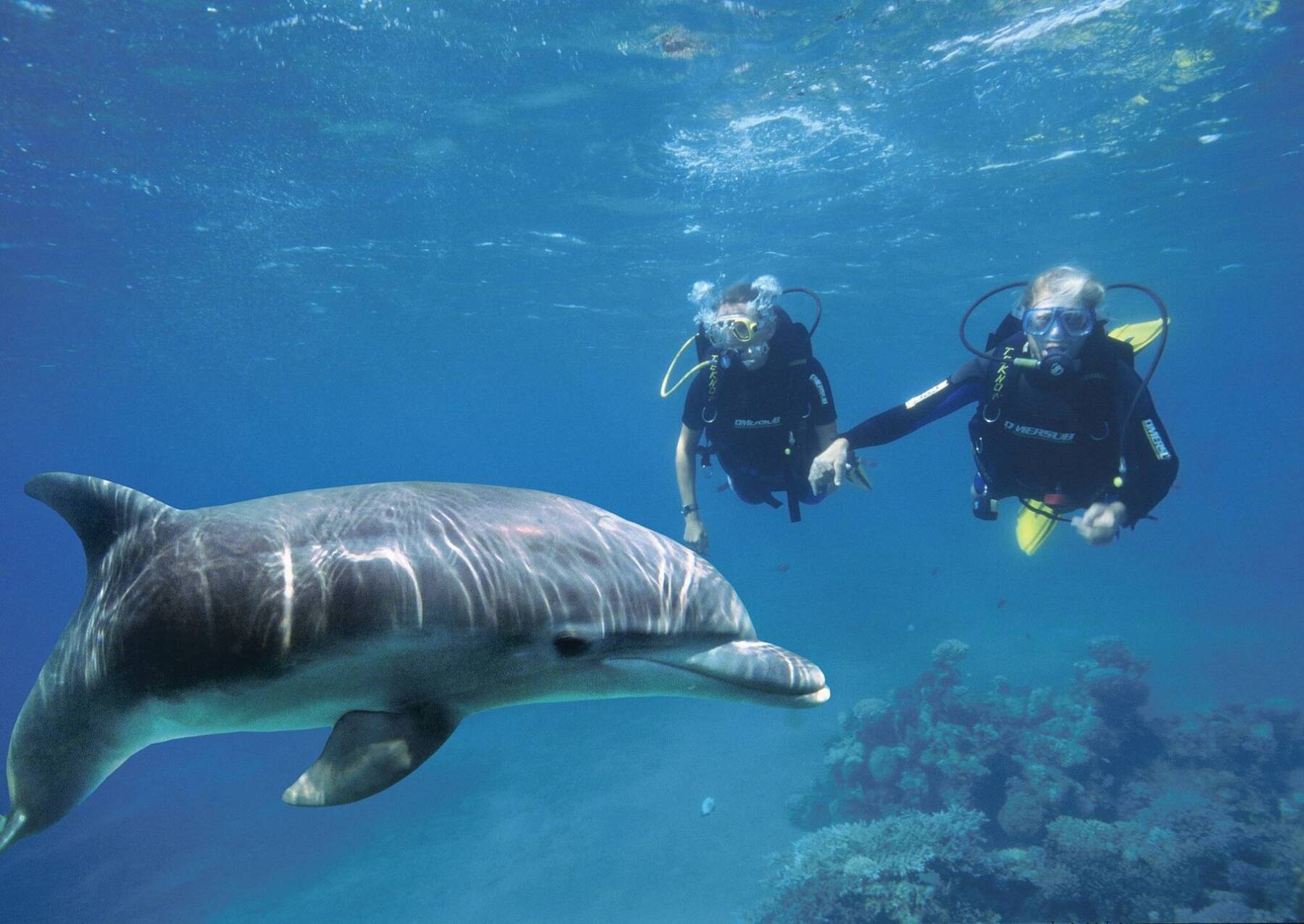
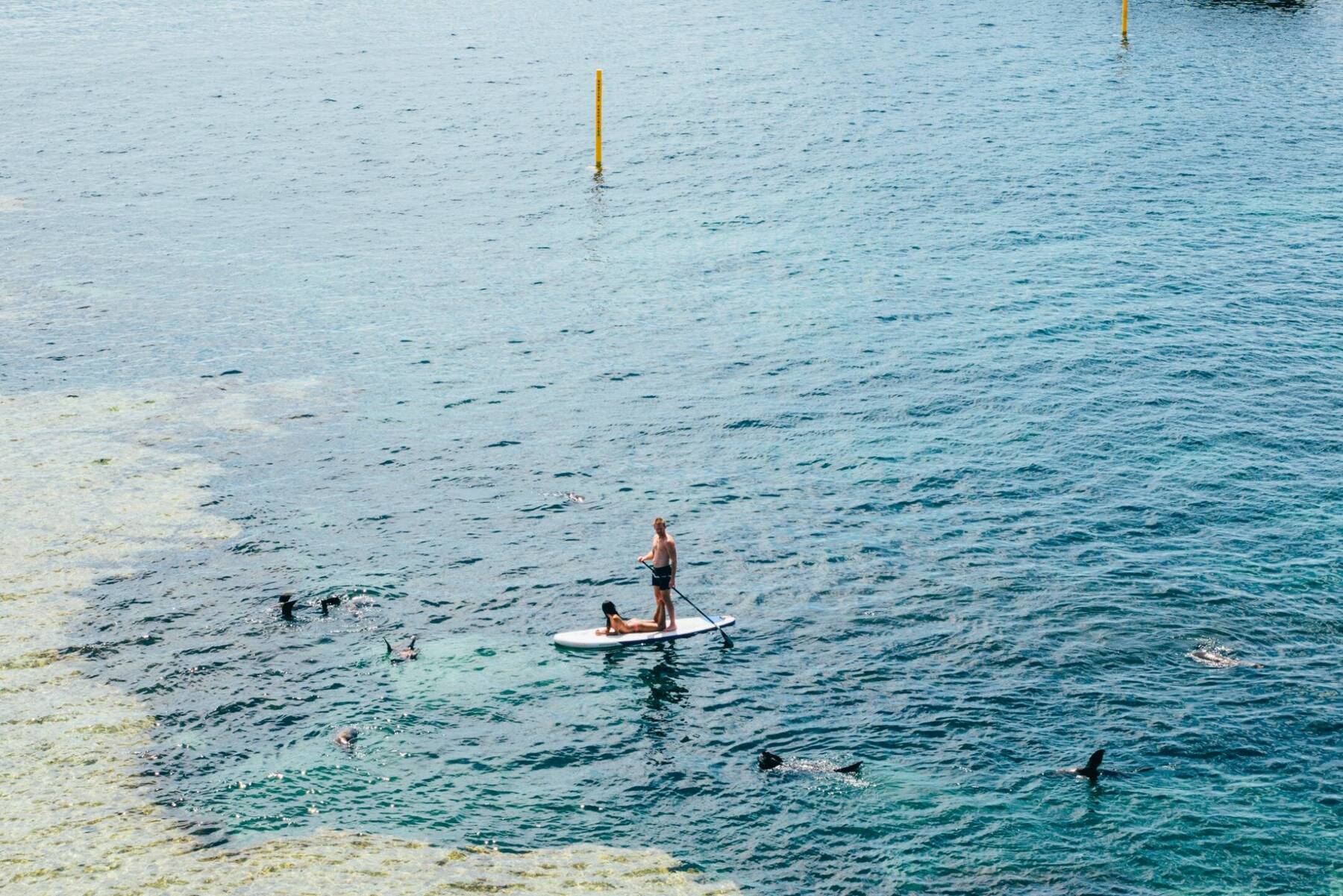



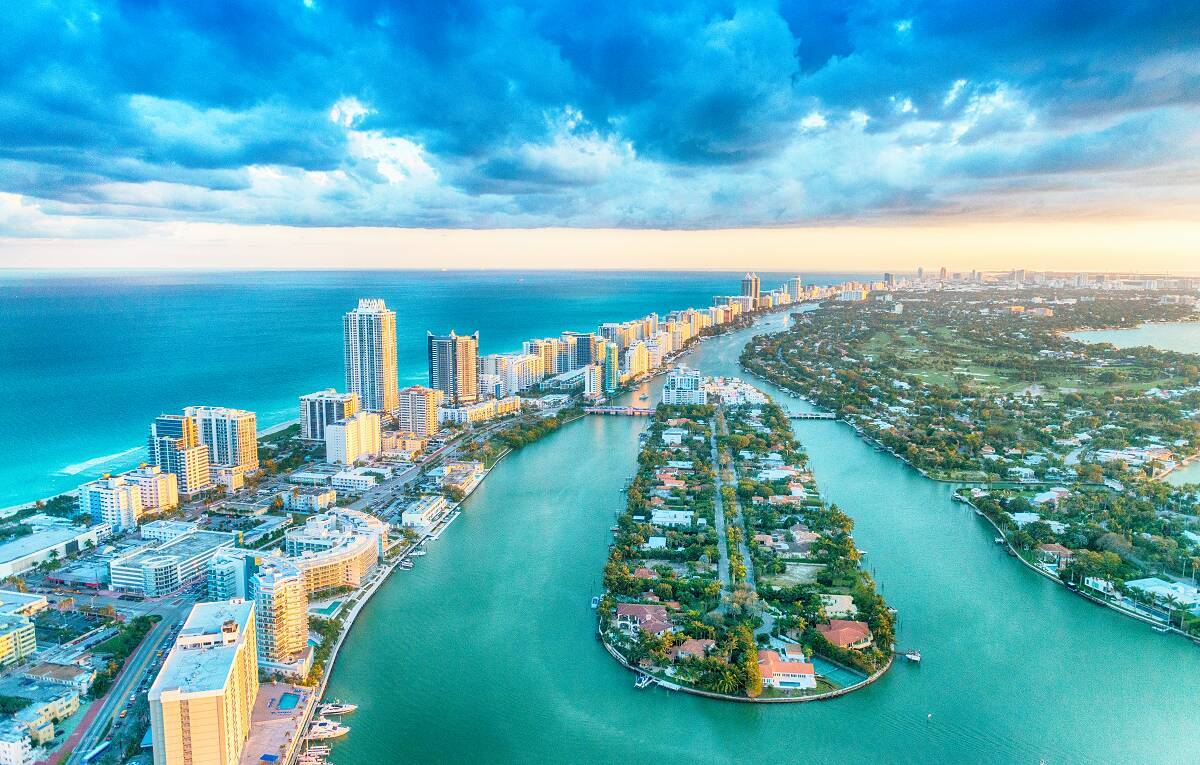













Comments